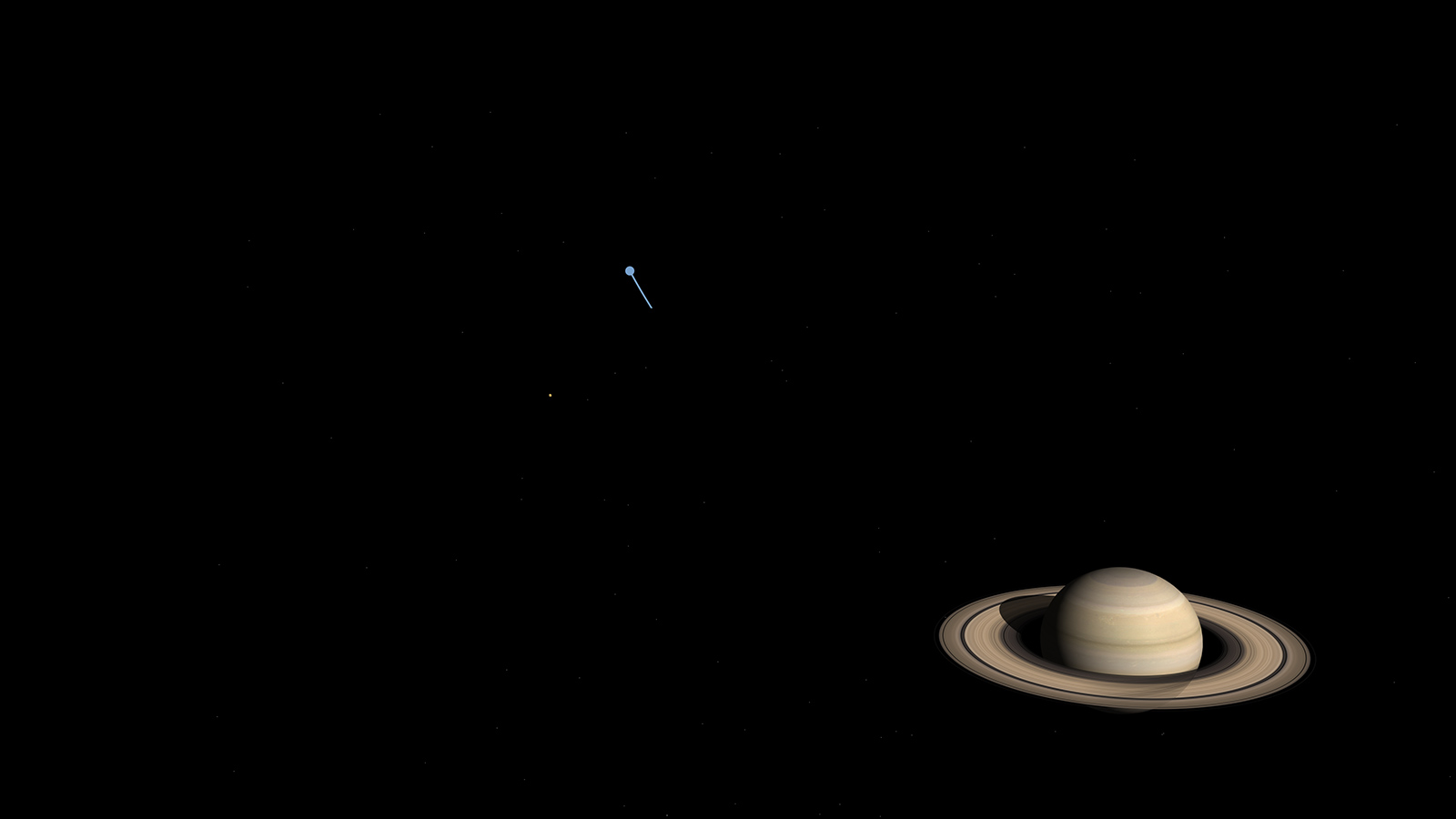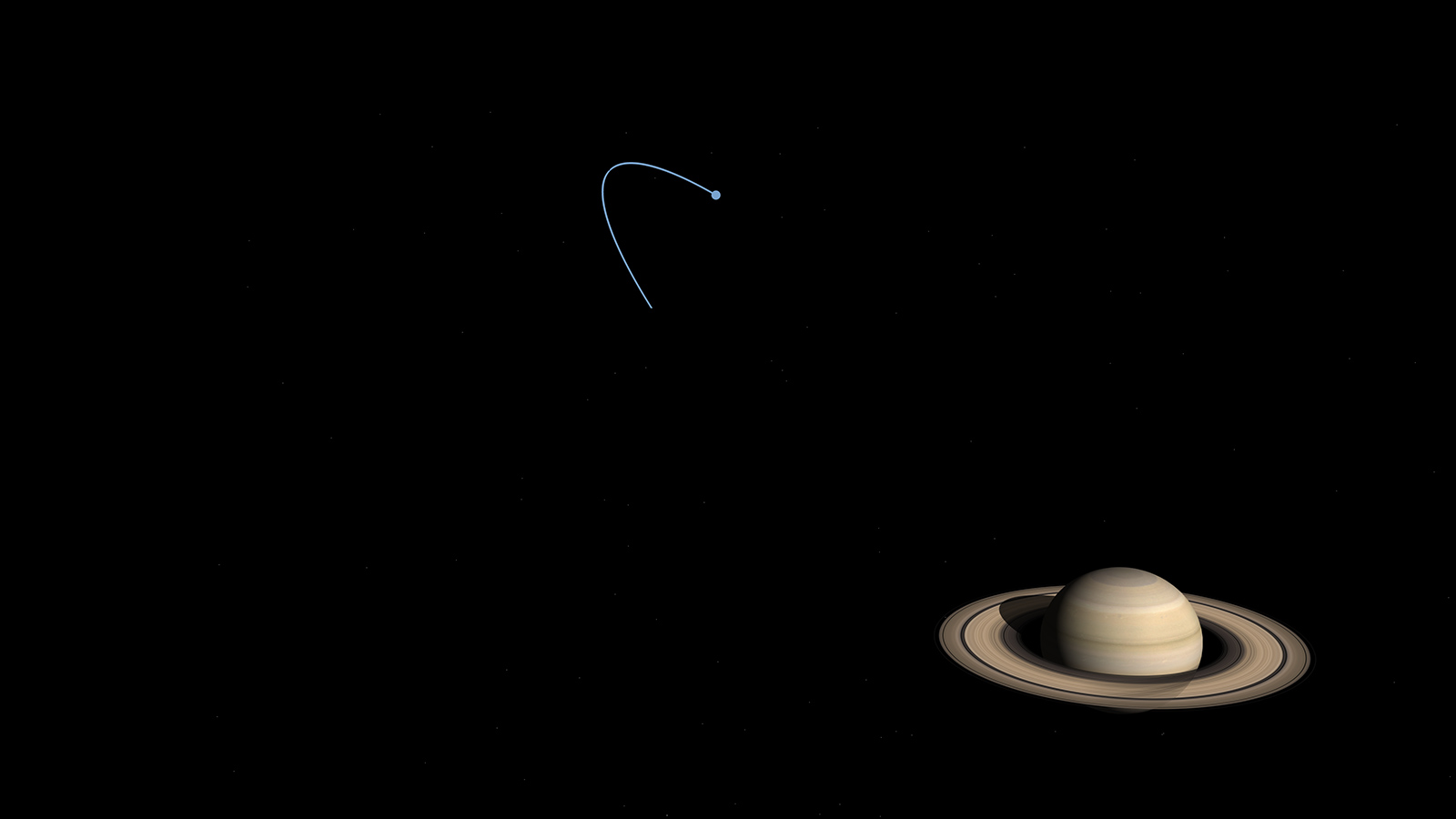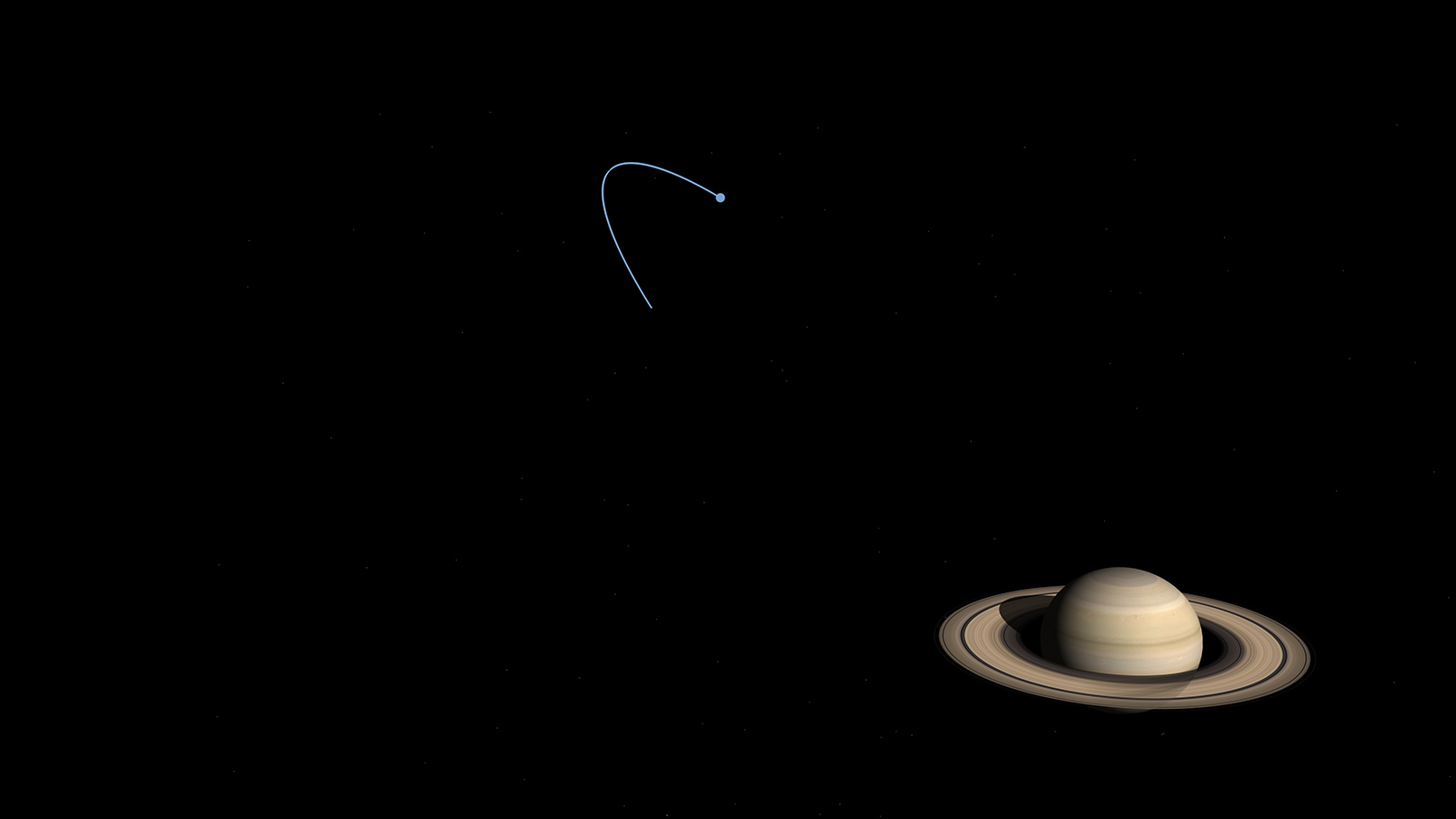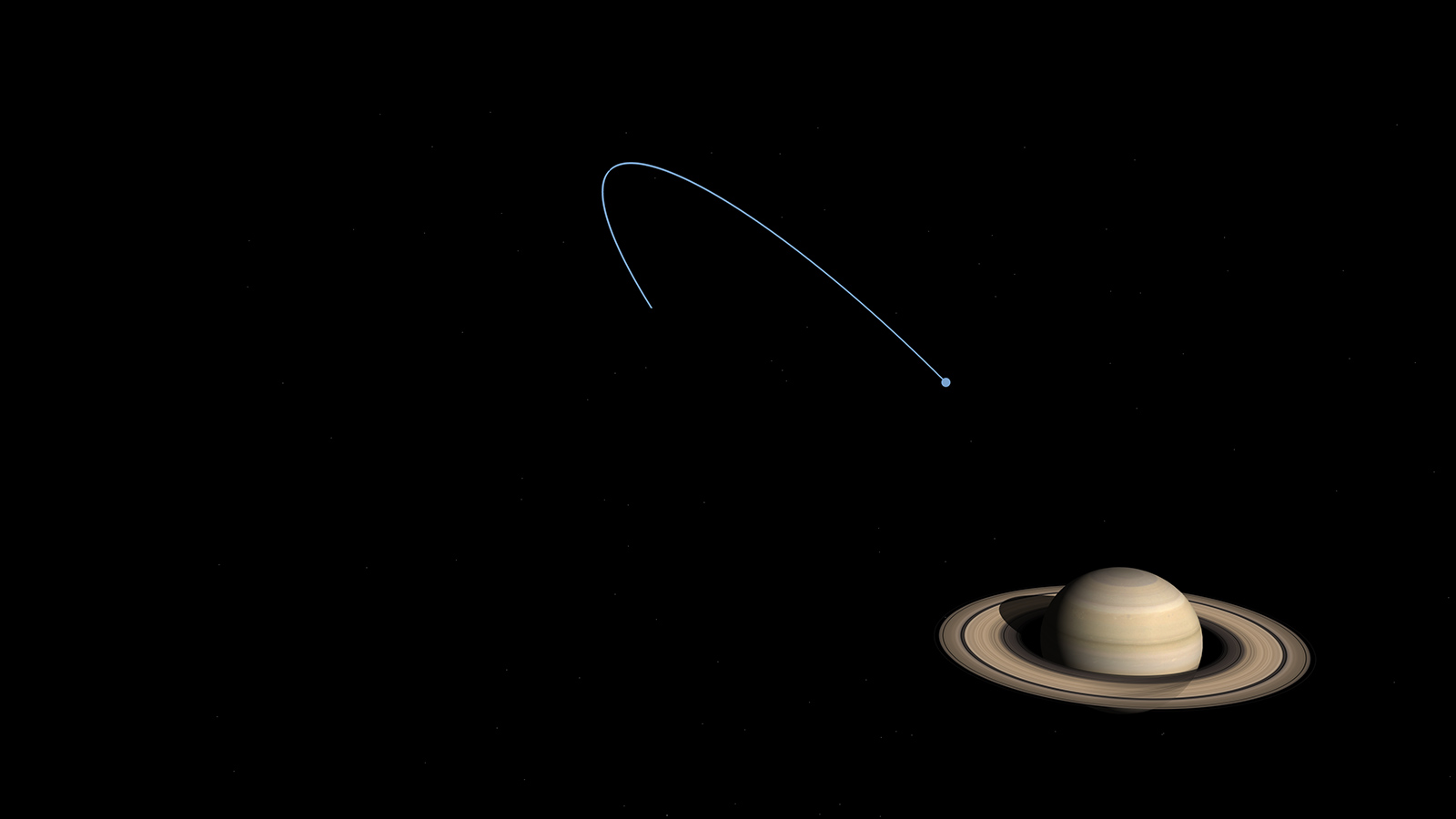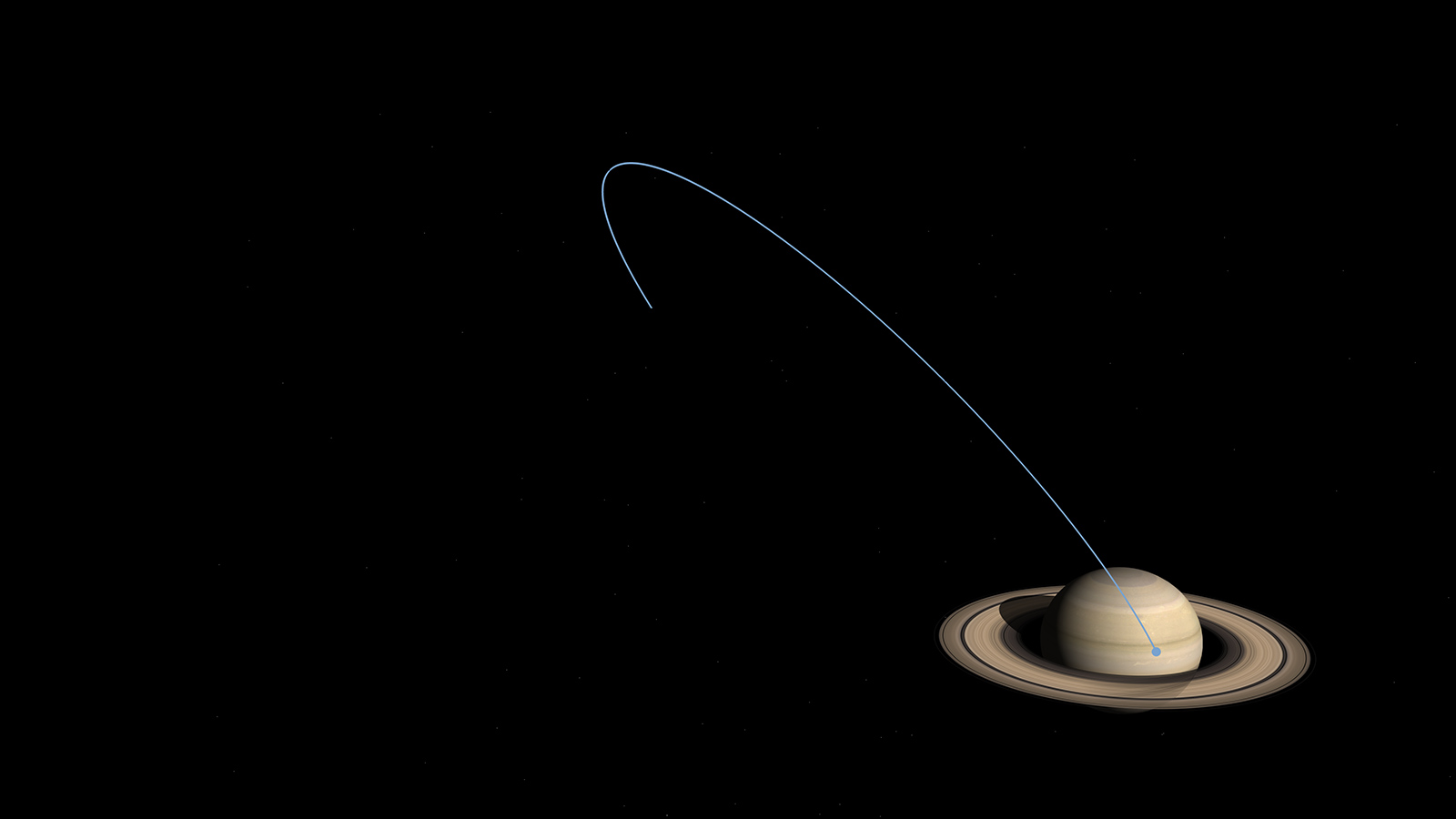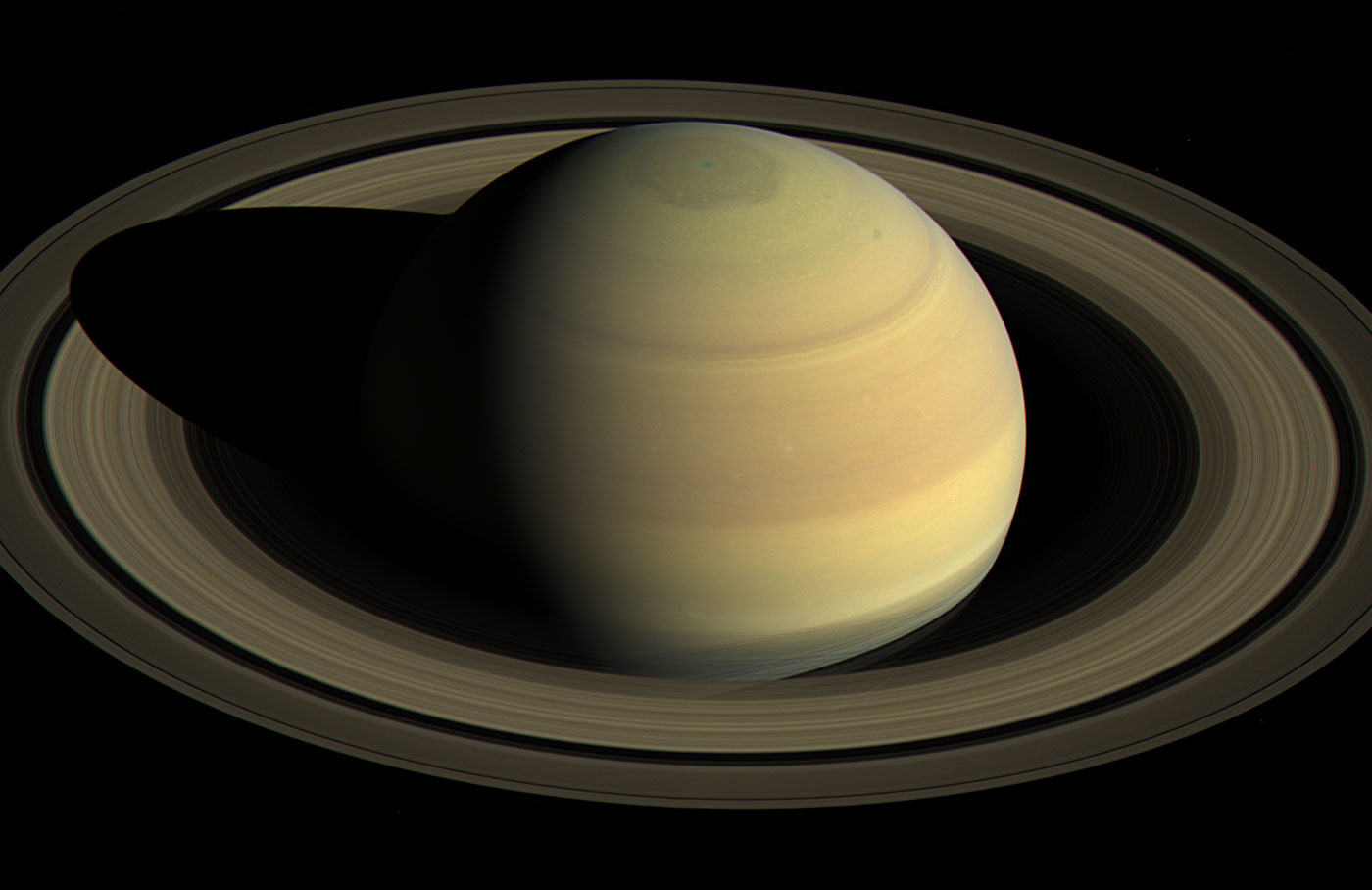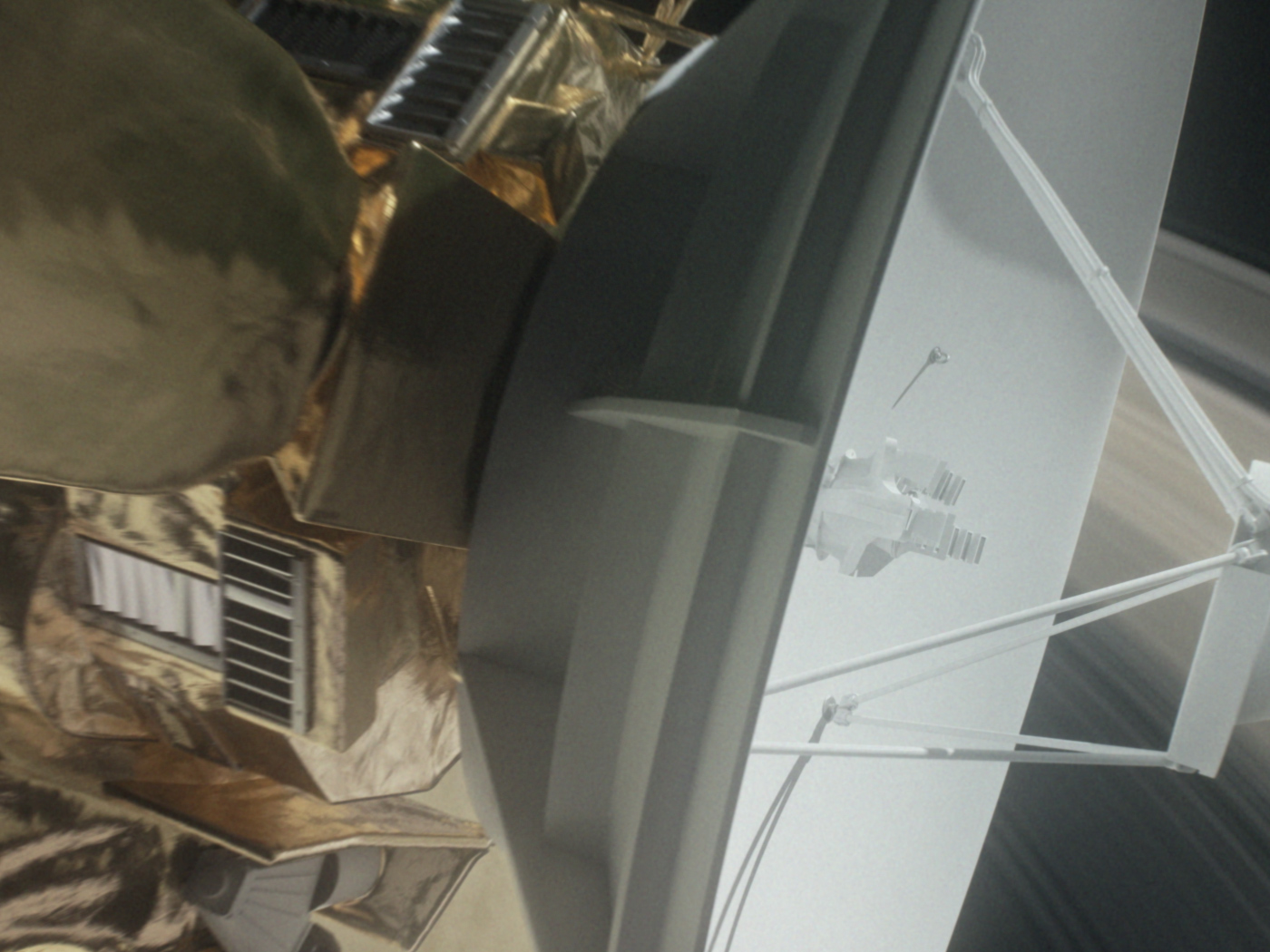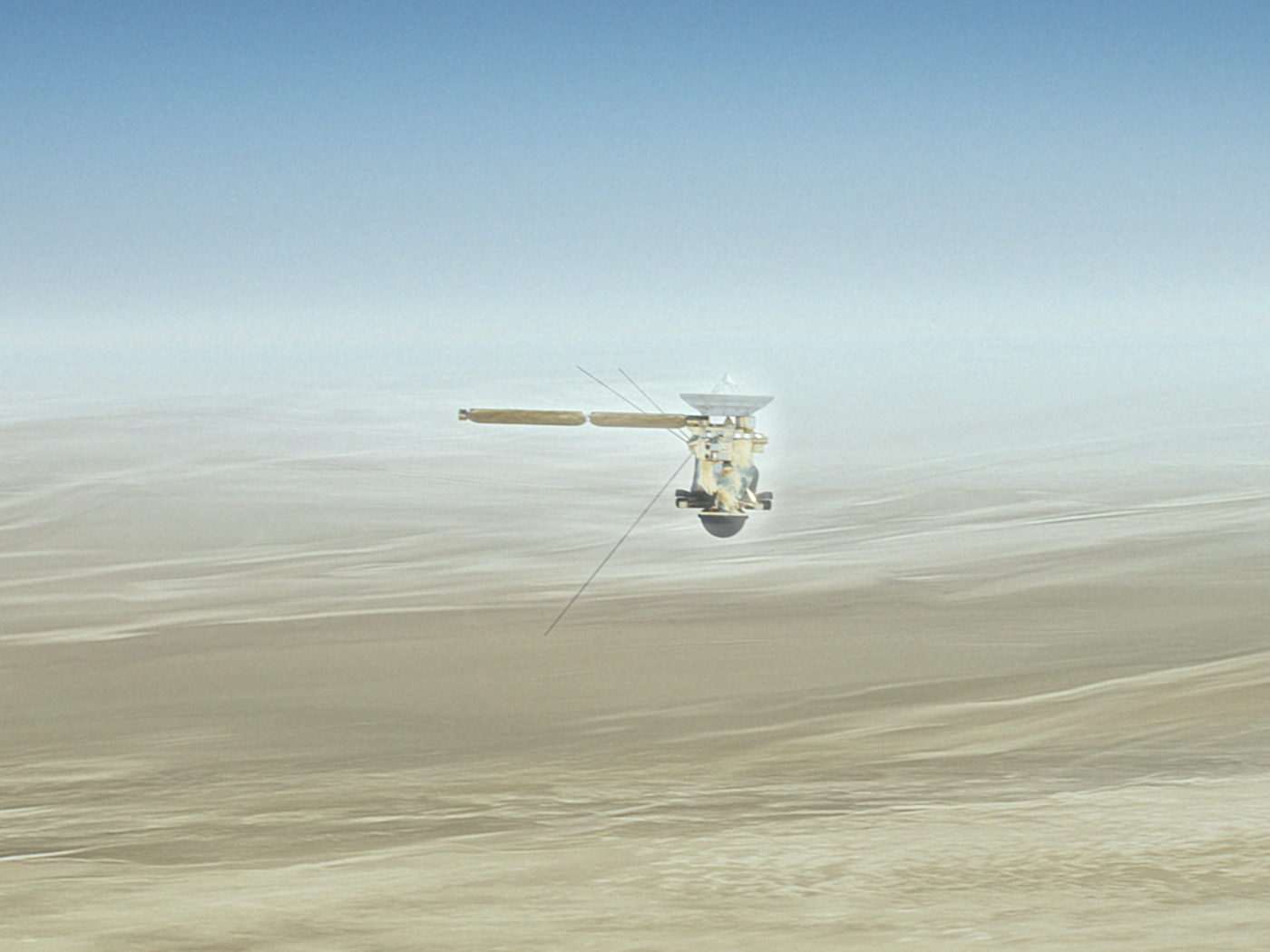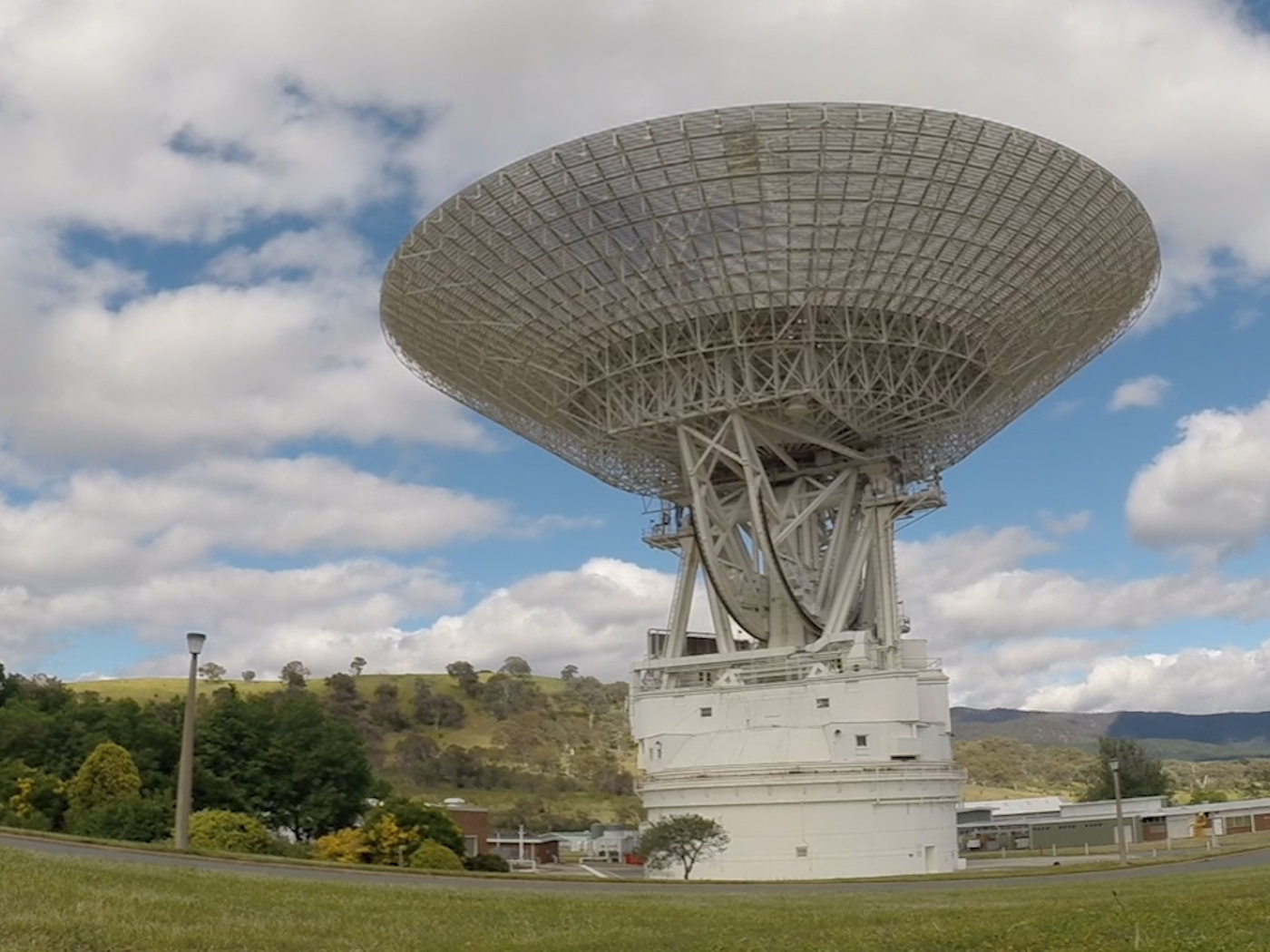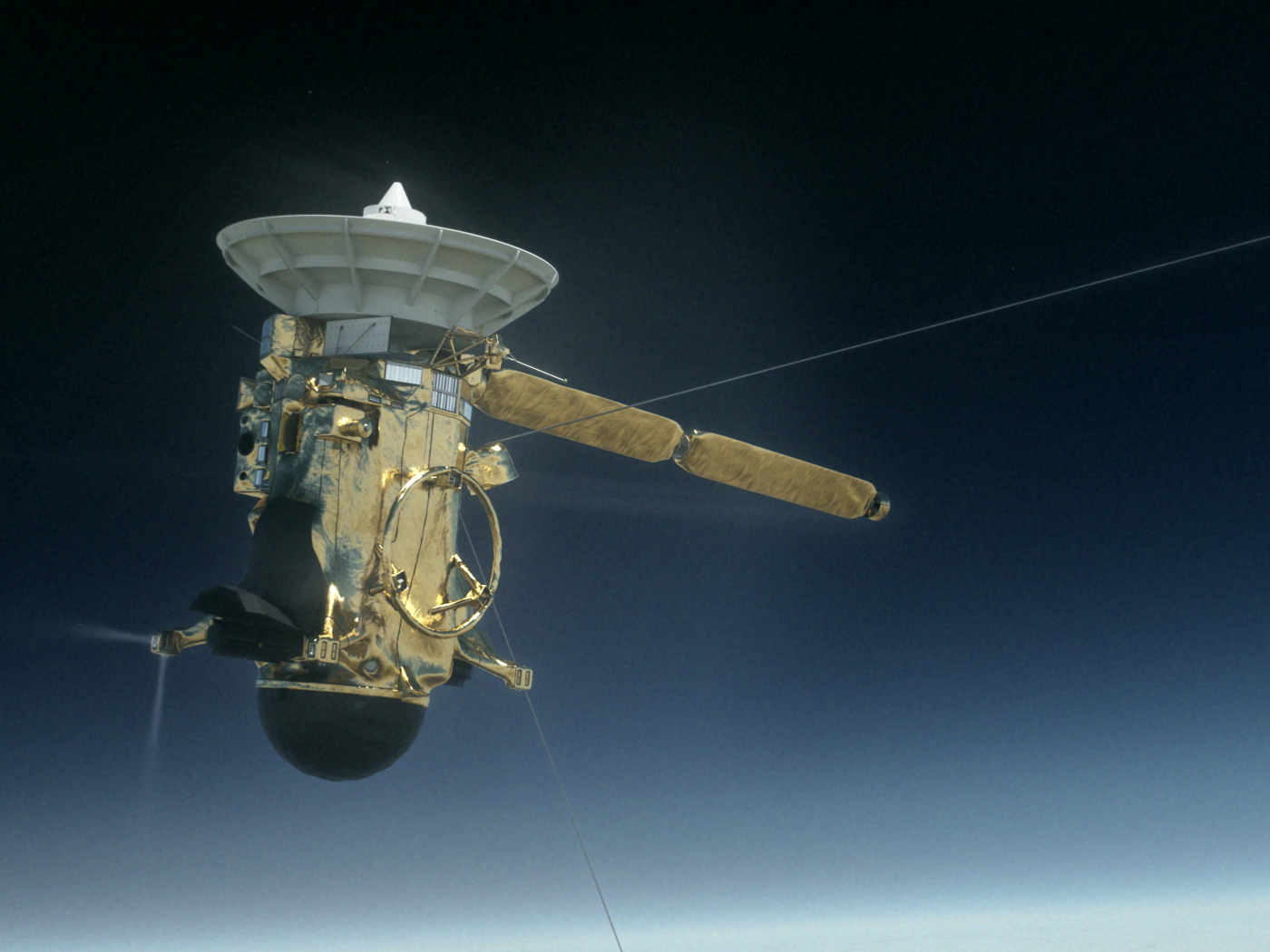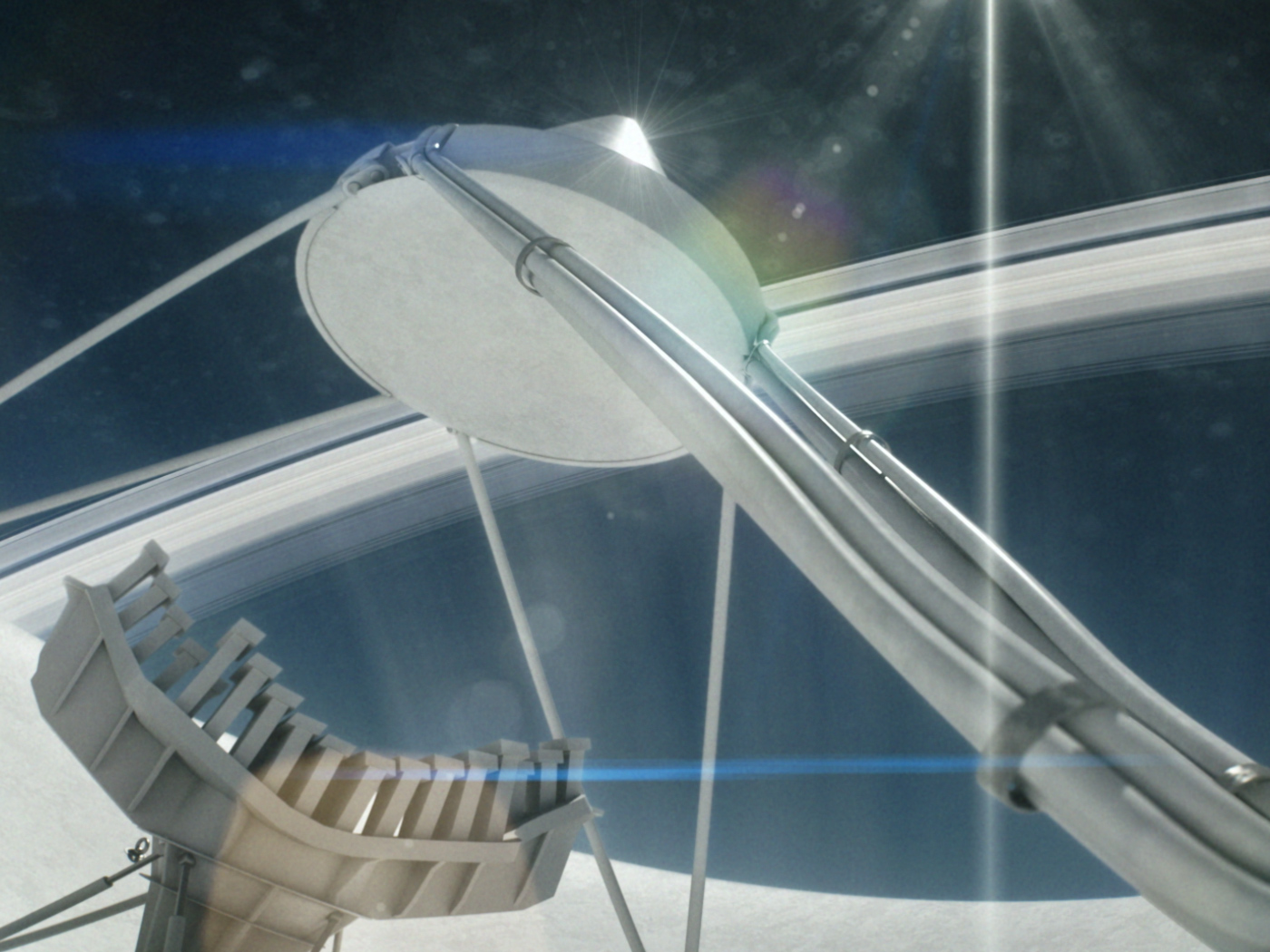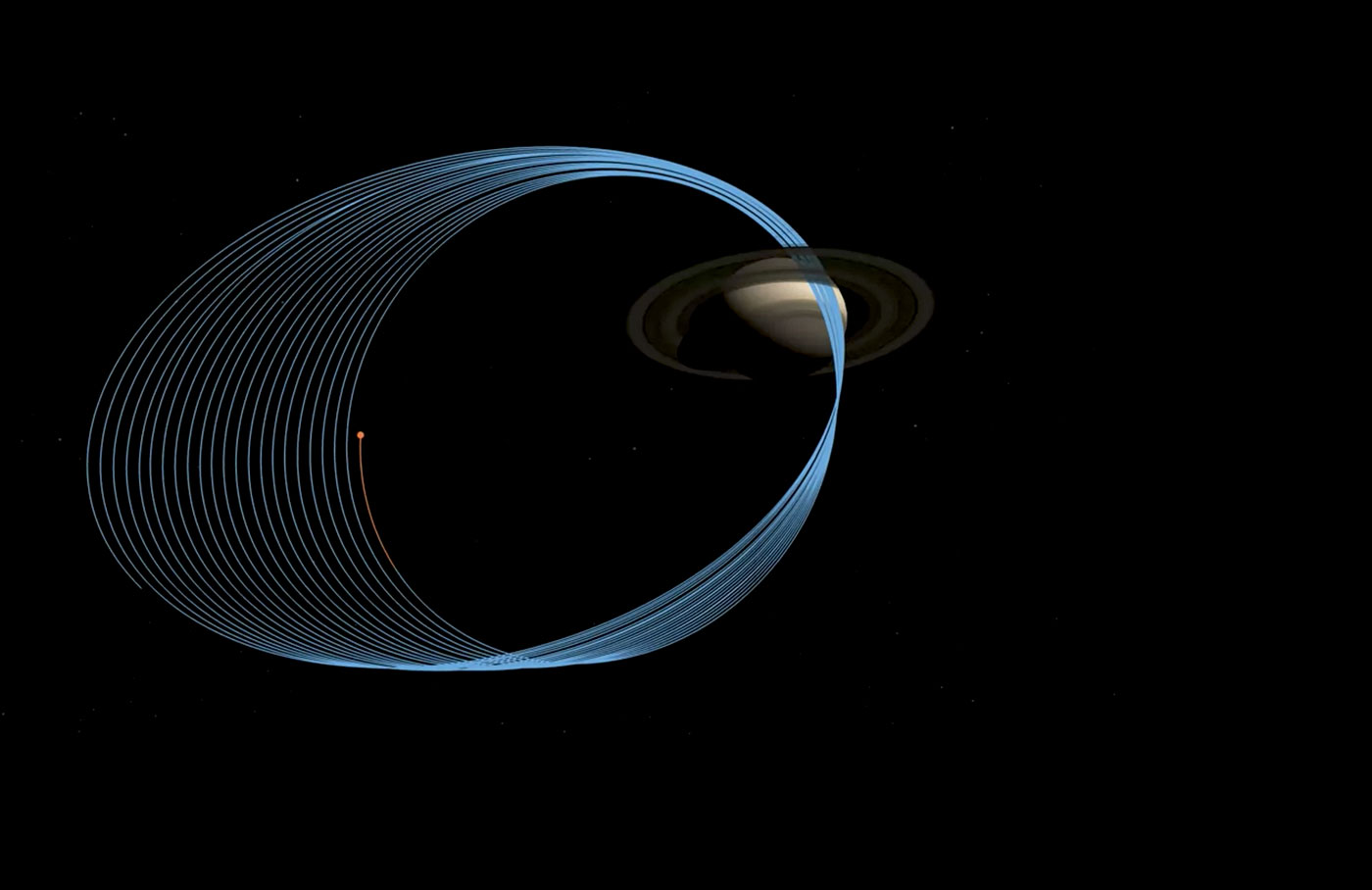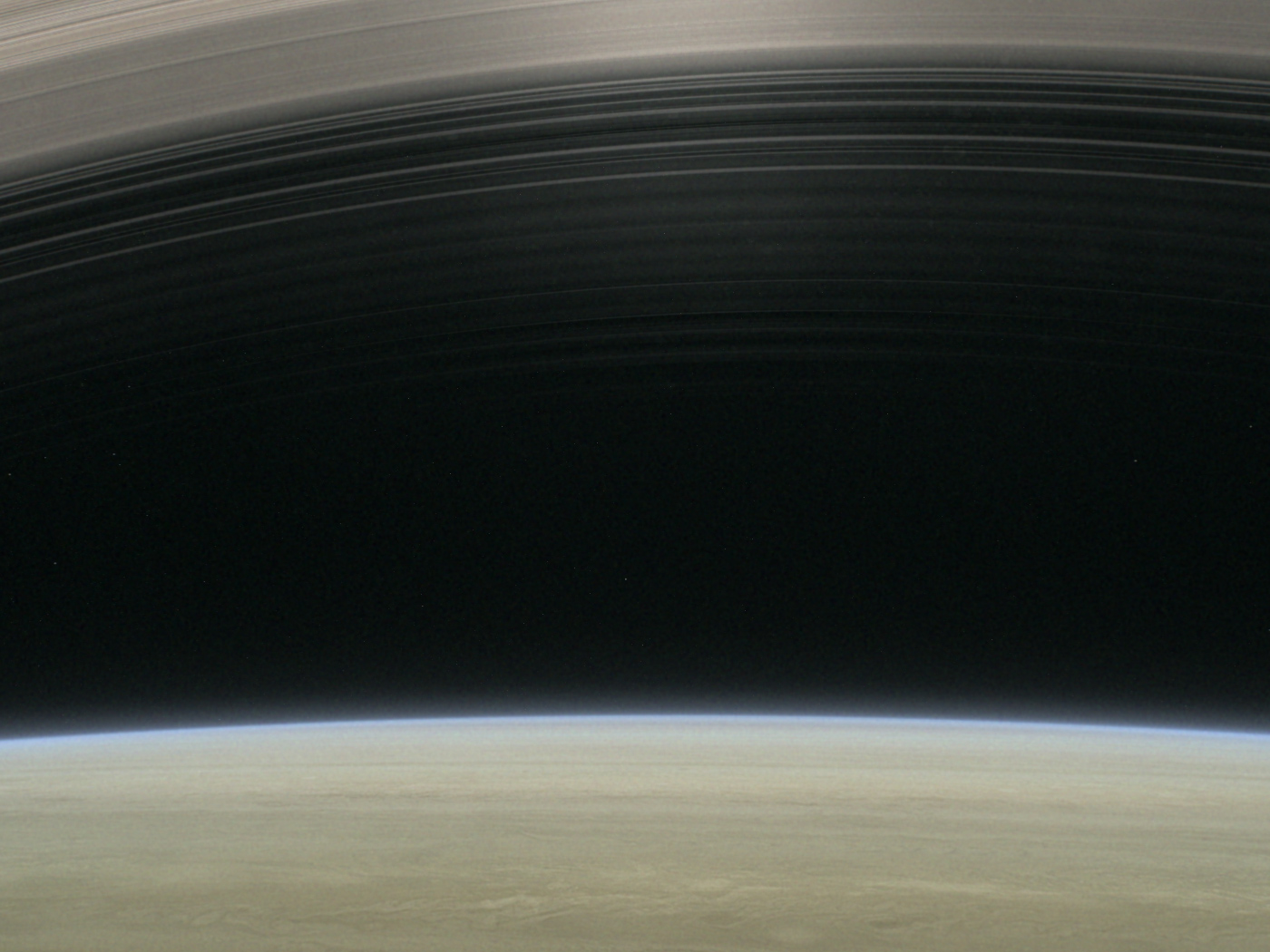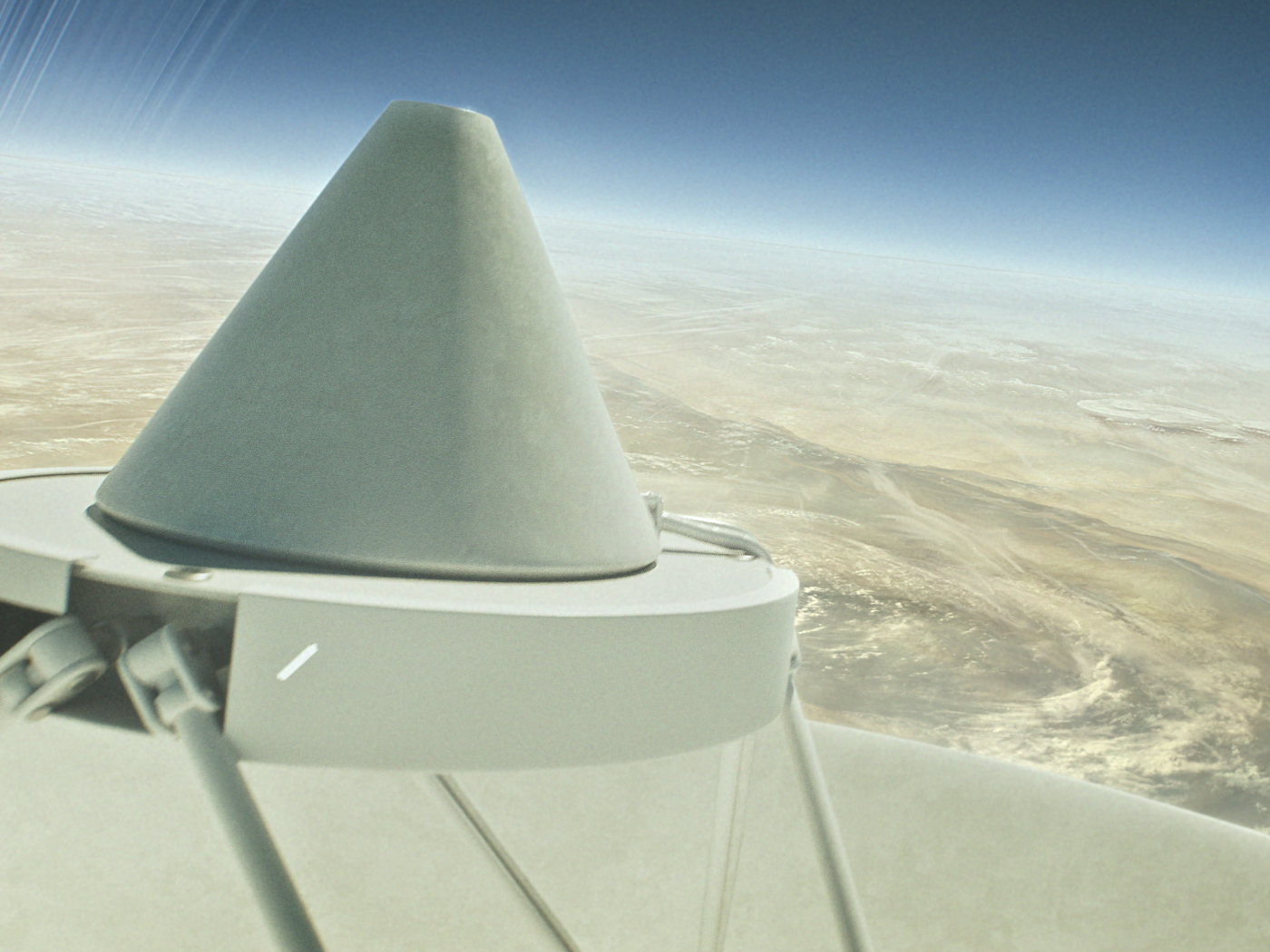Following a final close flyby of Saturn's moon Titan, Cassini performed a series of 22 weekly dives between the planet and its rings — the mission's "Grand Finale."
On its final orbit, Cassini will plunge into Saturn's atmosphere at tens of thousands of miles per hour, sending back new and unique science to the very end. After losing contact with Earth, the spacecraft burns up like a meteor, becoming part of the planet itself.

